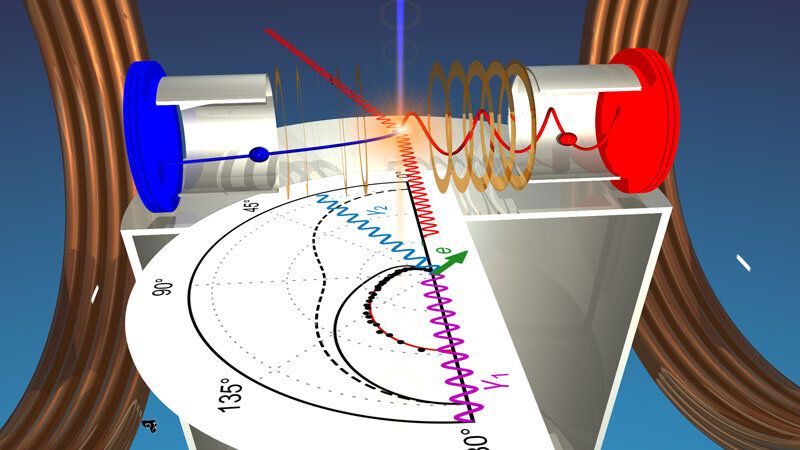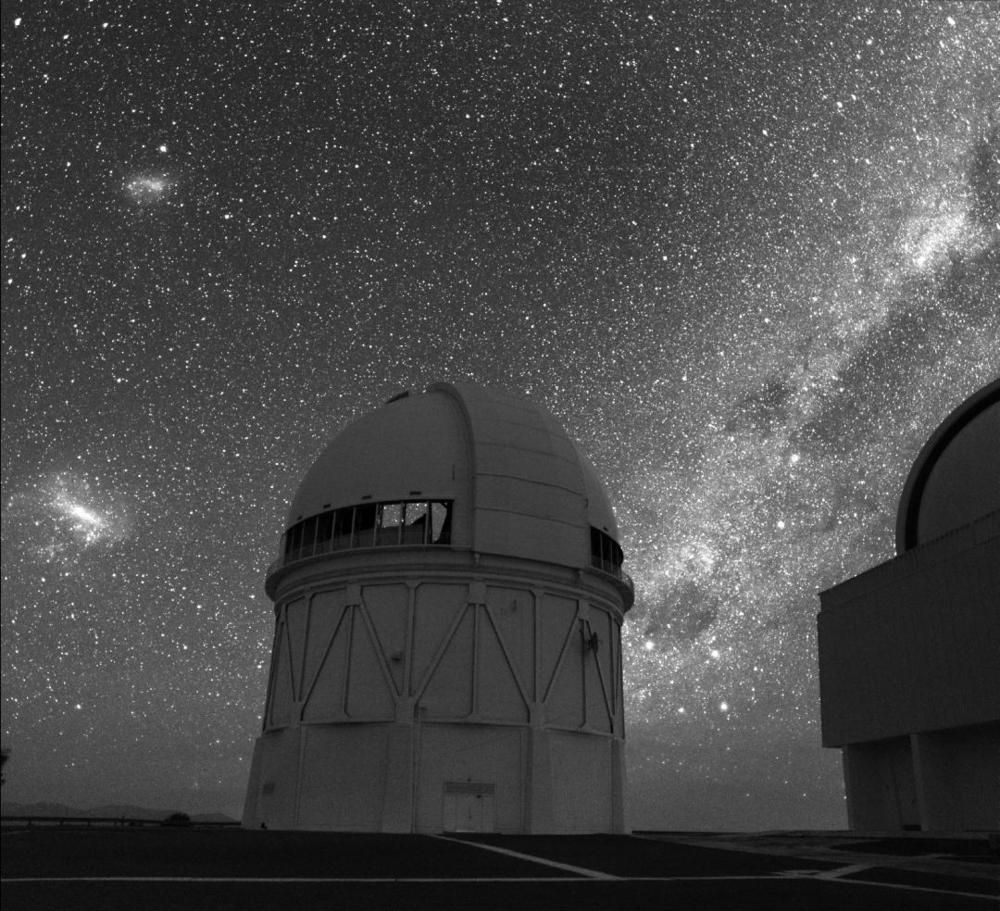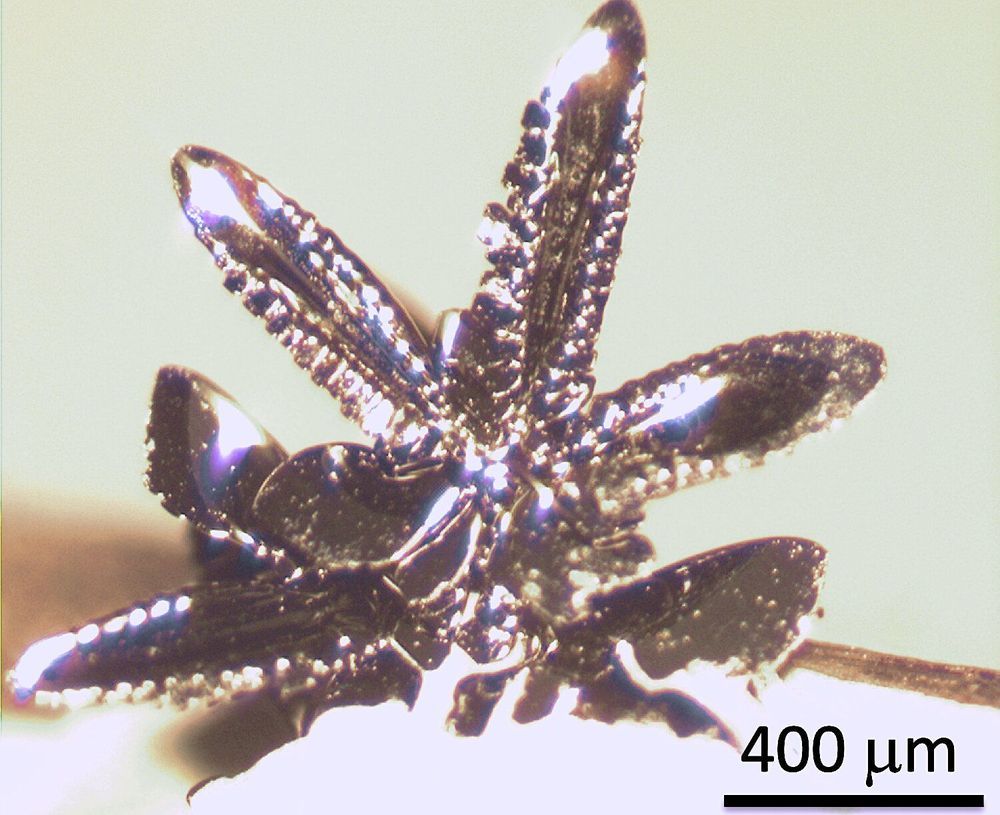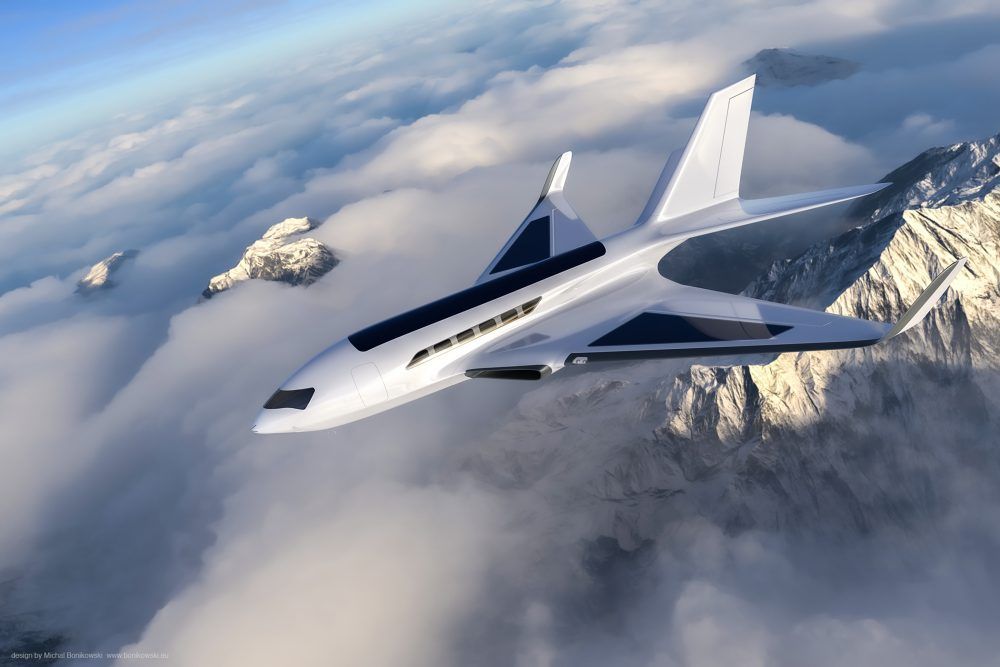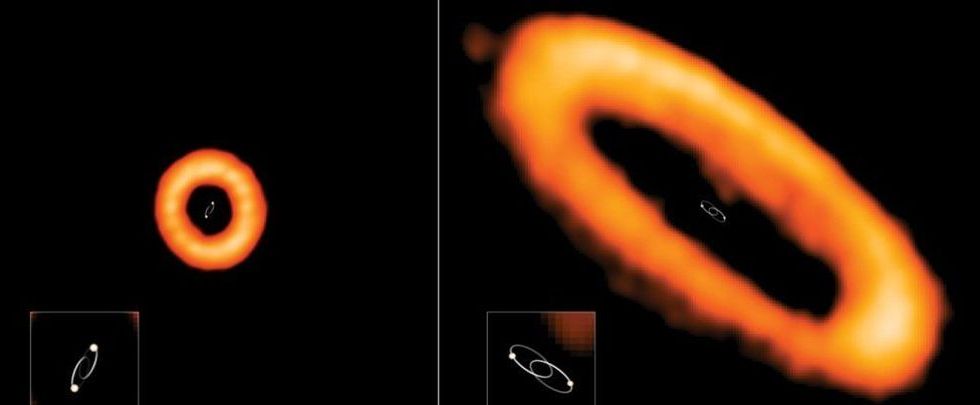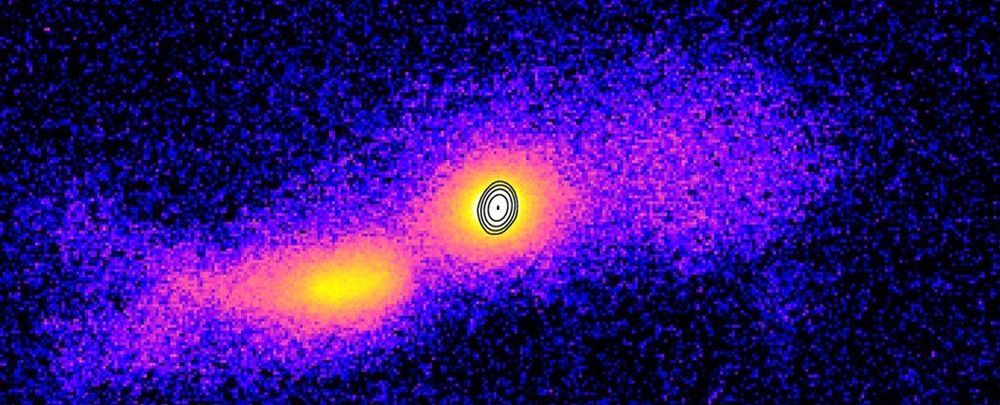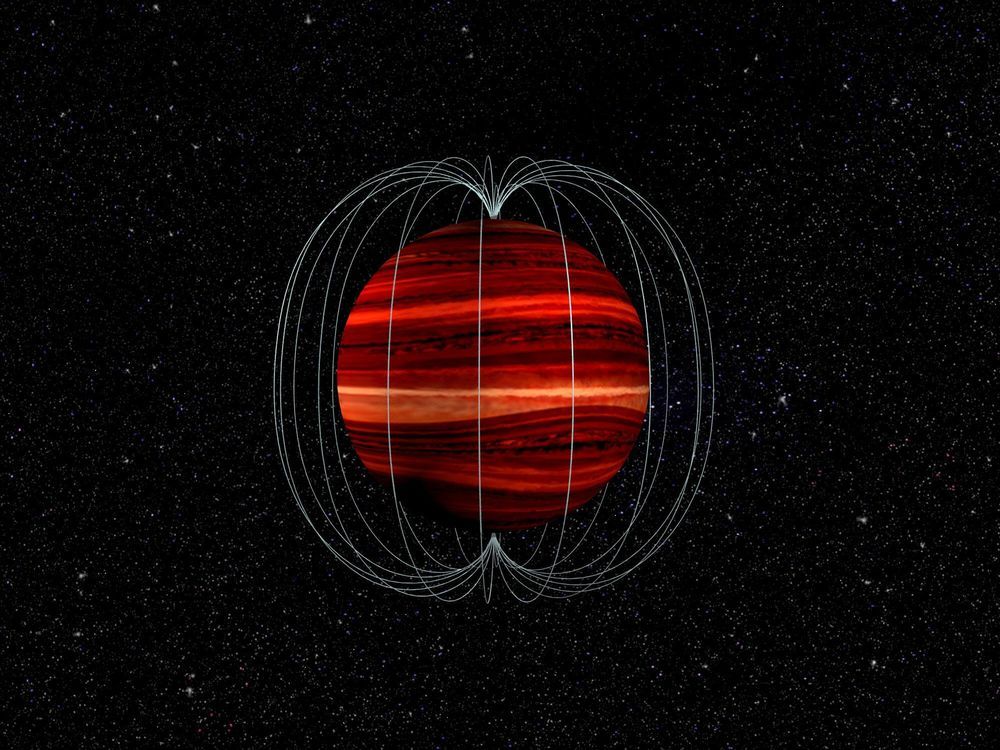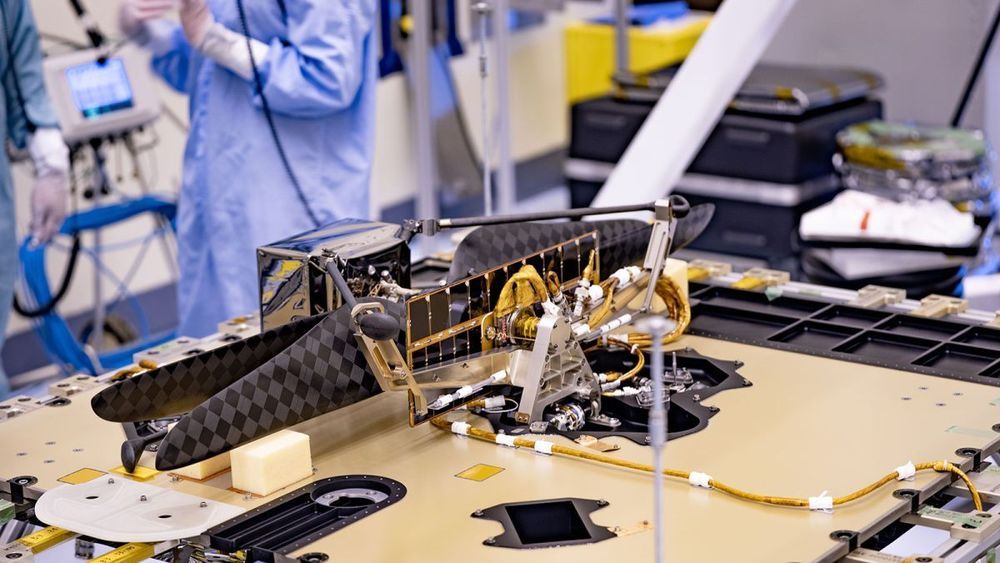When the American physicist Arthur Compton discovered that light waves behave like particles in 1922, and could knock electrons out of atoms during an impact experiment, it was a milestone for quantum mechanics. Five years later, Compton received the Nobel Prize for this discovery. Compton used very shortwave light with high energy for his experiment, which enabled him to neglect the binding energy of the electron to the atomic nucleus. Compton simply assumed for his calculations that the electron rested freely in space.
During the following 90 years up to the present, numerous experiments and calculations have been carried out with regard to Compton scattering that continually revealed asymmetries and posed riddles. For example, it was observed that in certain experiments, energy seemed to be lost when the motion energy of the electrons and light particles (photons) after the collision were compared with the energy of the photons before the collision. Since energy cannot simply disappear, it was assumed that in these cases, contrary to Compton’s simplified assumption, the influence of the nucleus on the photon-electron collision could not be neglected.
For the first time in an impact experiment with photons, a team of physicists led by Professor Reinhard Dörner and doctoral candidate Max Kircher at Goethe University Frankfurt has now simultaneously observed the ejected electrons and the motion of the nucleus. To do so, they irradiated helium atoms with X-rays from the X-ray source PETRA III at the Hamburg accelerator facility DESY. They detected the ejected electrons and the charged rest of the atom (ions) in a COLTRIMS reaction microscope, an apparatus that Dörner helped develop and which is able to make ultrafast reactive processes in atoms and molecules visible.
